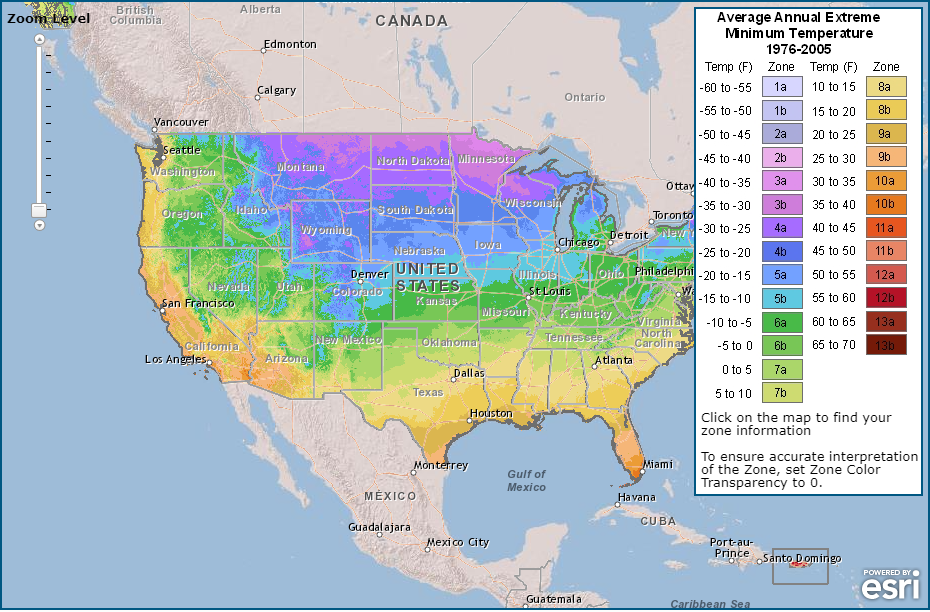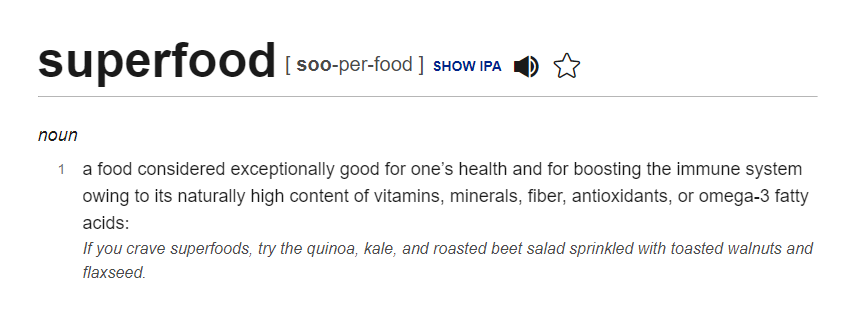Plant lacinato kale in your garden, and you’ll have a win-win. Your gardening effort will earn you stunning, showy dark bluish-green to black foliage and a superfood that delivers optimal nutrition to your family.
The flavor is milder, and many find it tastier than curly kale, Brassica oleracea ‘Lacinato’. But it still packs the same enormous nutritional punch.
We will take a closer look at lacinato kale:
- The culinary history of this plant
- How to grow it
- When to plant and harvest
- Nutritional benefits
- Simple ways to cook with lacinato kale
- An easy recipe for Crispy Kale Chips
Lacinato kale is the same the plant species as Tuscan kale. And as with many plants, there’s more than one alternate name for the same plant.
Common Names for Lacinato Kale
- Tuscan kale
- Dinosaur kale
- Italian kale
- Palm tree kale
- Tuscan cabbage
- Flat kale
According to Dr. Leonard Perry of the University of Vermont Extension Department of Plant and Soil Science, people in both the eastern Mediterranean and Asian Minor regions have relied on this food source since around 2000 B.C. Lacinato kale evolved into a household staple, especially in Italian cooking, ever since.
Italy, especially the Tuscany region, has a long-running love affair with this delicious leafy green. Families commonly grow this easy-care green in the customary “kitchen garden” and harvest it to use in traditional Tuscan soups and stews. The rustic cuisine and this green make a perfect match, such as in this 5 Star Tuscan Kale and White Bean Soup recipe on our recipe site.
The names “dinosaur” or “palm tree” kale describe the appearance of the leaves. This dinosaur kale grows in flat, palm-like fronds. The texture of each leaf has a leathery, dinosaur skin color and texture.
Lacinato Kale Facts
- Genus: Brassica
- Species: Oleracea
- Variety: Lacinato
- Maturity: 62 Days
- Foliage: blue-green to black
- Sunlight: Full sun
- Height: 24-30″

Growing Lacinato Kale
Tuscan Kale is Hardy and Easy to Grow
You will be glad to hear that growing Tuscan kale is a relatively straightforward process. This green is hardy. All it requires from you is well-amended soil, full sunshine, and water as needed (we use drip irrigation). Mother Nature takes care of the rest.
Cabbage Cousin in the Brassica Family
Kale is a member of the cabbage, or brassica, family. And like all cabbages, all kale species prefer a cooler growing season. Your planting time depends on the annual temperatures in your region. It can grow any time of the year until the temperatures rise to around 80°.
Kale Can Be Bitter About Heat
Although you can still grow this species in hotter weather, the flavor will become too bitter. That said, many people produce this year-round as an ornamental plant due to its stately appearance.
USDA Growing Zones
The United States Department of Agriculture categorizes the country into growing zones. Most seedlings or seed packets indicate care instructions for each of those zones. Match your growing zone against the information to find the best planting and harvest times for your areas.
USDA Grow Zones Map
You can find your USDA planting zone by clicking on this interactive map:

Tuscan Kale General Growing Tips
Tuscan kale is unfussy, and grows well in the garden or in pots as an edible plant for balconies, patios or decks. Kale can also be an acceptably attractive plant for an edible landscape or foodscaping in neighborhoods where Homeowners Associations (HOAs)don’t allow front yard vegetable gardens.
Growing lacinato kale is an enjoyable experience. Even a beginning gardener can find success with this crop. Below, please find a few general guidelines:
- TEMPERATURES: Grow in temperatures under 80°F if you plan to consume dinosaur kale or year-round as a decorative plant.
- WHERE TO PLANT: You’ll yield the best results in a full-sun spot in cool weather. However, the plant tolerates filtered sunshine or light shade during the summer heat.
- WATERING NEEDS: Keep the soil moistened but not over-watered.
- SOIL: Well-amended, loamy soil that drains well will help your greens thrive.
- FERTILIZING NEEDS: This species grows best at a pH between 5.5 – 6.8. If you are unsure of your soil’s pH, pick up a test kit to confirm this information. (It’s a game-changer for all your gardening results!).
Growing Lacinato Kale from Seeds
Are you planning to start your seed indoors? Then here are the tips to help you get growing!
- WHEN TO START SEEDS: If you start the seeds indoors, expect about six weeks of growing time before moving seedlings to an outdoor spot. This method is especially useful for including it in your winter garden when the soil is too cool for the seeds to germinate. You may plant seeds outdoors after the ground reaches at least 40°F.
- WHERE TO GROW: You need to find a nice, sunny location inside your home. If you don’t have an appropriate spot for growing lacinato kale seeds, you might wish to invest in a growing light to ensure germination.
- SOIL: Invest in a nutrient-packed organic potting medium to grow Tuscan kale seeds with strength and vigor. Fertilize as needed.
- PLANTING: Put seeds a half-inch into the soil, allowing three inches between each plant. If you see “doubles” as they sprout up and out, you can thin them.
- WHEN TO TRANSPLANT: Growing these leafy greens in the cooler temperatures yields the tastiest crop! Move the lacinato kale seedlings out to the garden about four weeks before you plan to harvest them.
For more guidance on growing Tuscan kale (or any other wonderful varieties), see Growing Kale, One of the Best Superfoods.
Lacinato Kale Nutrition Guide

A November 2020 review in the journal Scientific Reports reaffirms the claim that kale is, indeed, a superfood. All kale species meet or exceed that definition (from dictionary.com).
See the kale nutrition data below. Once you review this information, we are confident that you’ll agree that Tuscan kale earns the title “superfood.”
Kale Nutrition
Kale is High in Vitamins and Antioxidants
Kale is high antioxidants and vitamins A, C, and K, with 9% daily value (DV) of vitamin B6. In addition, this healthy green leaf vegetable has 121 mg. omega 3 and 92 mg omega 6.
Low in Oxalates
Another huge advantage to kale is that unlike chard, spinach and beet greens, kale is very low in oxalic acid. Oxalic acid is a major contributor to kidney stones, a memorable experience not to be repeated if at all possible!
“Kale offers all the benefits of dark green vegetable but it ranks really low in oxalate. There’s only 17 milligrams of oxalate in a hundred grams (~3 ounces) of kale. Essentially, it’s about impossible to eat enough of kale to cause kidney stones.”
~Dr. Fredric Coe, professor of medicine & kidney specialist, at the University of Chicago’s kidney stone prevention center for 45 years as quoted in Medill Reports Chicago.
Why Tuscan Kale Should Be on Your Menu
Besides delivering whopping doses of Vitamins A, C, and K, you will receive other healthy boosts from eating this superfood. Lacinato kale nutrition seems to have no bounds.
- CANCER-FIGHTING PROPERTIES: Kale contains compounds called sulforaphane and indole-3-carbinol. Scientists found that they protect participants from specific kinds of cancers during long-term studies. They have more research underway and hope to discover precisely why this protection occurs. Until then, eat these greens and know that you are boosting your resistance to some cancers.
- BETTER EYE HEALTH: You probably heard about carrots containing beta-carotene, giving you healthier eyes. As it turns out, kale is also a great source of this antioxidant.
- PROTECTS AGAINST TYPE 2 DIABETES: An article in the Clinical Kidney Journal explains how low magnesium appears to be a factor in the presence of metabolic syndromes, like Type 2 Diabetes. Thus, consuming this superfood can offer moderate protection against the disease.
- IMPROVE HEART HEALTH: You also get a nice boost of potassium when you eat Tuscan kale. The Journal of the American College of Cardiology published a study that proved (again!) how potassium helps to improve your heart health and keep heart disease at bay.
- A HEALTHIER GUT: Your body needs fiber to keep the digestive tract healthy. This leafy green boosts your fiber intake, enabling digestion and decreasing waste build-up.
- HEALTHY WEIGHT: Growing lacinato kale can also help you lose weight or maintain a healthy weight. It is low in carbohydrates (sugars), so it’s perfect for people who follow a reduced-carb eating plan. Also, the fiber mentioned above satiates your appetite, so you’ll be less likely to grab an unhealthy snack.
Lacinato Kale Recipes
You will find many ways to use this leafy green in your home-cooked meals.
Some of the most famous Tuscan kale recipes you’ll find if you do a quick web search include these:
- Lacinato kale chips
- Italian wedding soup
- Minestrone
- Kale greens salads
- Tuscan kale in vinegar dressing
- Tuscan white bean soup
In fact, you can use it in almost any recipe that calls for spinach or other greens to add some variety.
So whether you call it Tuscan or lacinato kale, you will find that it is well worth the time and care you put into growing this versatile green. You can find more tips on growing kale, here.

Hi! My name is Deborah Tayloe. I’m a full-time freelance writer and blogger. I blog about my favorite things: gardening, cooking, and DIY. I live in a very rural area called Bertie County, North Carolina. Here, I have plenty of open space to pursue my gardening habit. I’m a regular contributor to GardensAll and publish my own blog, DIY Home & Garden.



